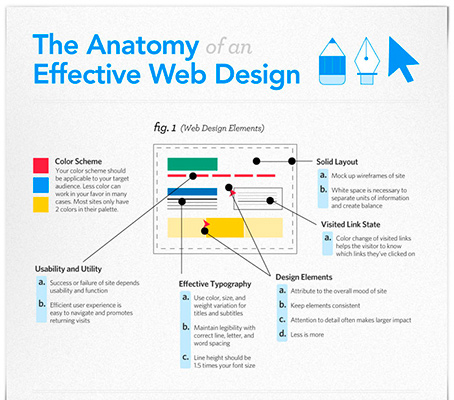The Advancement Of Internet Site Style: From Past To Present
The Advancement Of Internet Site Style: From Past To Present
Blog Article
Article Author-Tobiasen Hejlesen
In the past, websites were straightforward and focused on information. Navigation was direct, and design was for desktop computers. Currently, customer experience is crucial. Data overviews layouts for simple navigating. Responsive layouts match different gadgets. Today, dark setting minimizes stress, and minimalist menus boost navigation. Interactive functions involve customers, and vibrant visuals stick out. AI integration boosts interaction. See exactly how design has developed to boost your on-line trip.
Early Days of Website Design
In the very early days of website design, simplicity preponderated. https://pluginsdeseoparawordpress61740.blogpayz.com/26483123/tempted-to-improve-your-web-site-s-sales-discover-how-to-design-for-conversions-and-drive-revenue-with-specialist-pointers-in-this-write-up were basic, with minimal shades, font styles, and designs. The focus got on giving details rather than showy visuals. Customers accessed the web via slow dial-up links, so rate and performance were essential.
Navigation menus were straightforward, typically situated on top or side of the page. Sites were developed for computer, as mobile surfing had not been yet widespread. Web content was king, and designers prioritized simple readability over intricate design elements.
HTML was the main coding language utilized, and developers needed to function within its constraints. Animations and interactive functions were minimal contrasted to today's criteria. Websites were static, with little vibrant web content or personalized individual experiences.
Surge of User-Focused Layout
With the development of website style, a shift in the direction of user-focused style concepts has actually ended up being progressively noticeable. Today, creating websites that prioritize individual experience is important for involving site visitors and attaining service goals. User-focused design involves recognizing the demands, preferences, and actions of your target audience to customize the site's design, content, and includes accordingly.
Designers currently conduct comprehensive research study, such as user surveys and functionality screening, to gather insights and comments straight from users. This data-driven technique assists in developing intuitive navigation, clear calls-to-action, and aesthetically enticing user interfaces that reverberate with visitors. By placing the customer at the facility of the layout procedure, internet sites can deliver a much more tailored and pleasurable experience.
Receptive design has actually also emerged as a vital facet of user-focused layout, ensuring that sites are optimized for different devices and display dimensions. This adaptability enhances availability and use, accommodating the diverse methods customers engage with internet sites today. Essentially, mobile website design of user-focused style signifies a change towards developing electronic experiences that prioritize the requirements and assumptions of completion user.
Modern Trends in Website Design
Discover the current patterns shaping web design today. One popular pattern is dark mode style, using a sleek and modern look while reducing eye stress in low-light environments. One more essential trend is minimal navigating, streamlining food selections and improving customer experience by concentrating on essential elements. Integrating micro-interactions, such as animated buttons or scrolling effects, can produce a much more appealing and interactive website. Responsive design remains vital, guaranteeing seamless individual experiences throughout various devices. Furthermore, making use of strong typography and asymmetrical layouts can include visual passion and draw attention to certain material.
Incorporating AI modern technology, like chatbots for consumer support or individualized referrals, boosts customer interaction and improves processes. Access has additionally end up being a substantial trend, with designers focusing on inclusive design techniques to satisfy varied user demands. Accepting sustainability by enhancing web site performance for speed and efficiency is another arising fad in website design. Teaming up with user responses and information analytics to repeat and boost style continually is necessary for staying pertinent in the ever-evolving electronic landscape. By welcoming these modern-day trends, you can create an aesthetically appealing, user-friendly site that reverberates with your target market.
Final thought
As you reflect on the evolution of site layout from the very early days to now, you can see how user-focused design has become the driving force behind modern-day fads.
Embrace the trip of adjustment and adaptation in website design, always maintaining the user experience at the leading edge.
Keep current with the most recent fads and innovations, and never ever quit progressing your approach to create aesthetically sensational and user-friendly websites.
Advance, adapt, and produce - the future of website design is in your hands.
